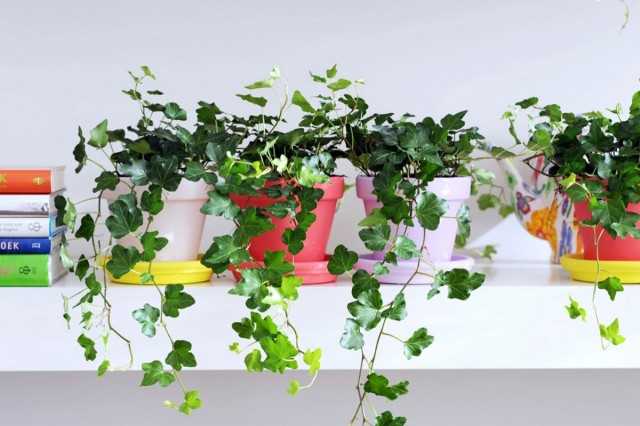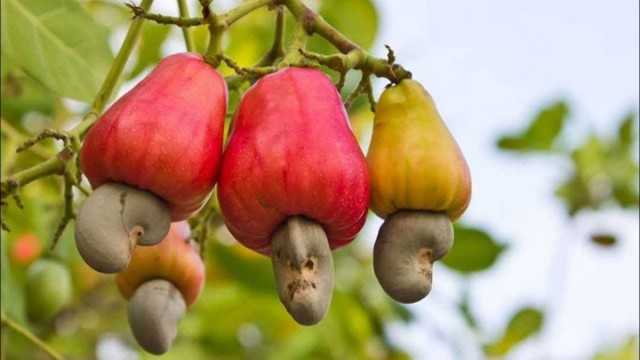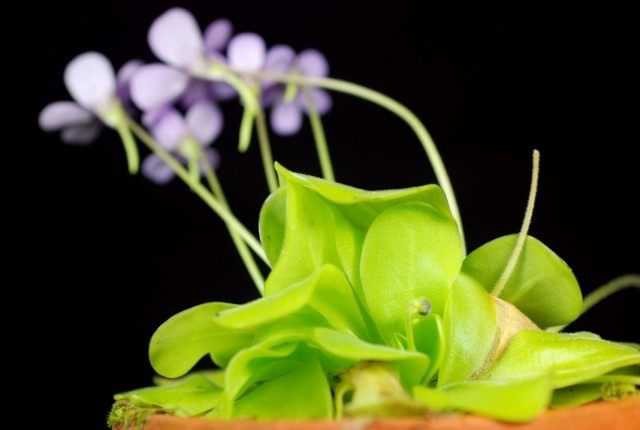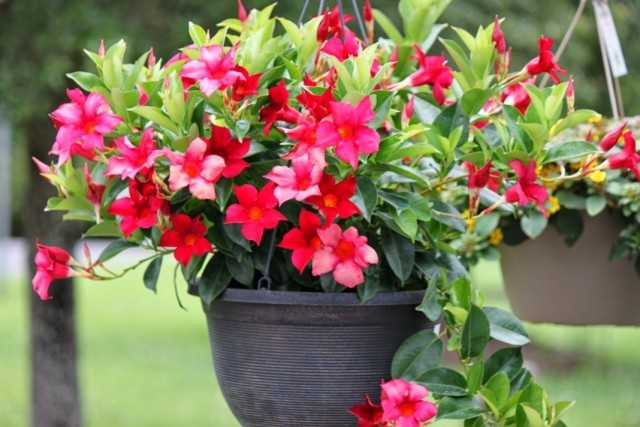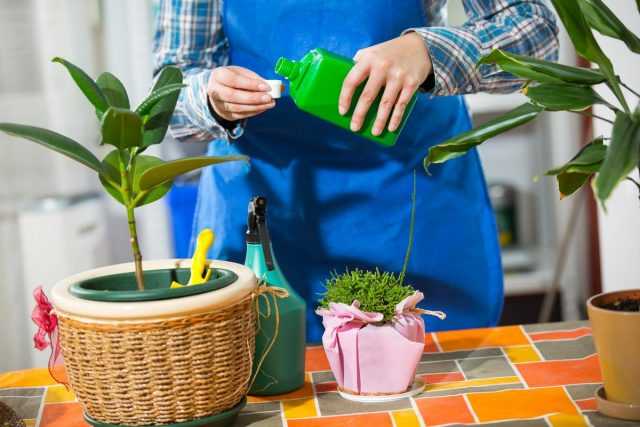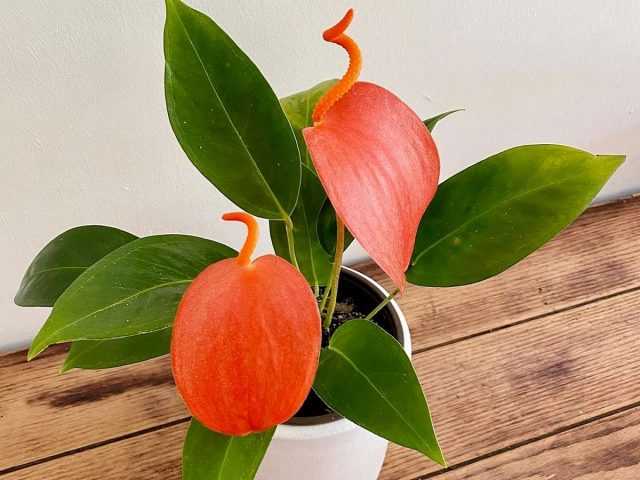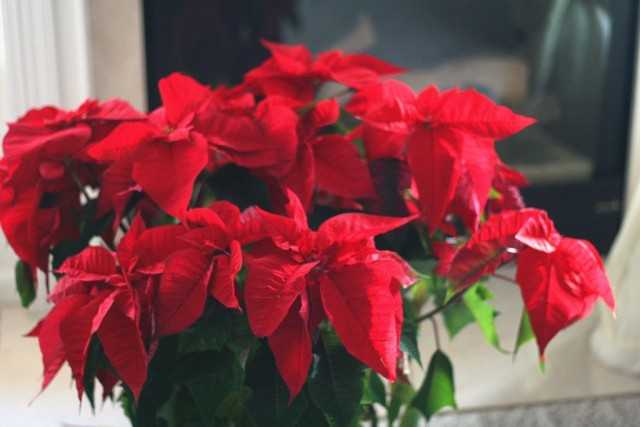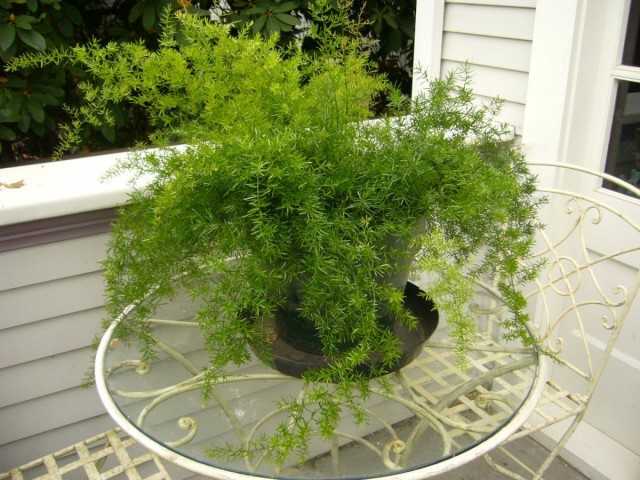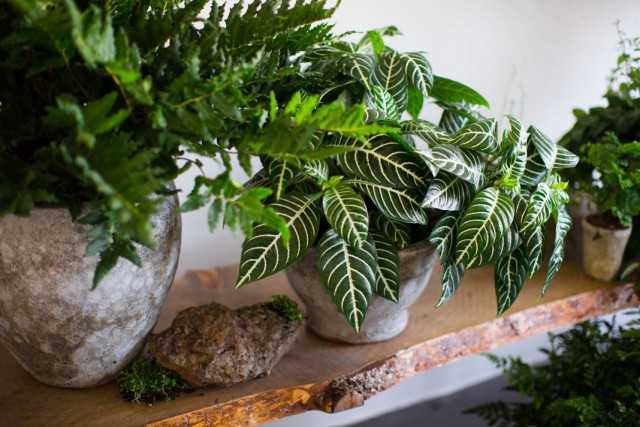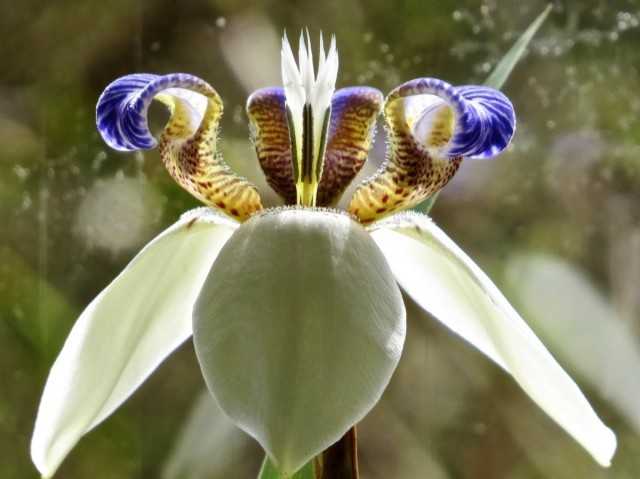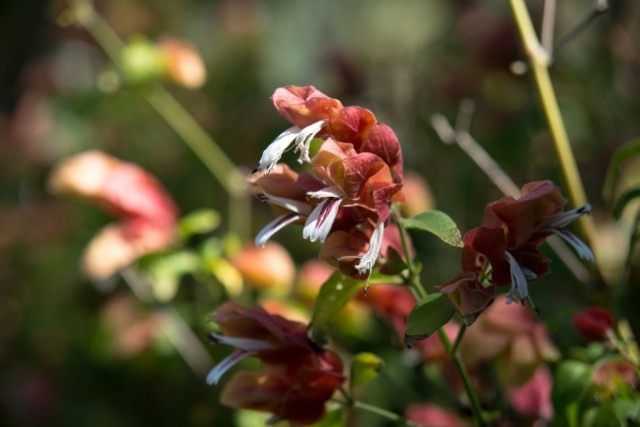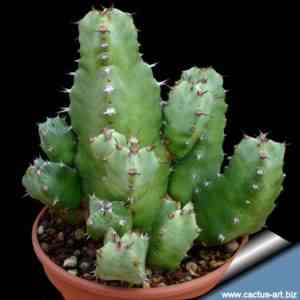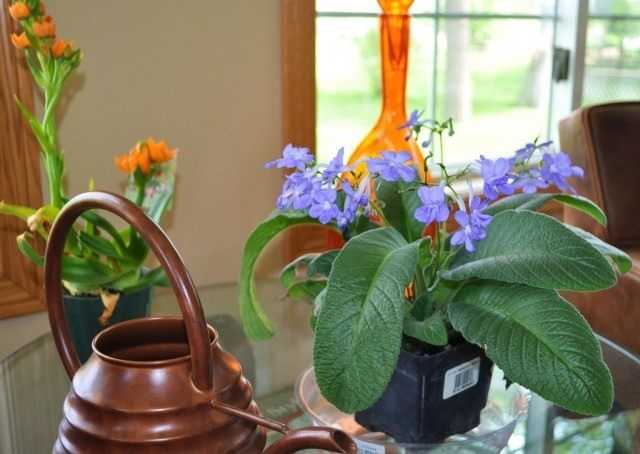We have already talked about many plants, selfless friends of man. But how to pass over in silence such plants, thanks to which we learned the taste of tea, coffee, cocoa? They have entered our everyday life so long ago that they seem to be something eternal and inalienable. About one billion people around the world consume these pleasant and at the same time healthy drinks that stimulate the body’s activity, maintain a cheerful mood and do no harm.
True, tea, cocoa and coffee are far from exhausting the entire arsenal of stimulating drinks. On the African continent alone, about 40 million people drink the infusion of the seeds of the cola tree, over 30 million South Africans consume the infusion of the leaves of the evergreen tree – Paraguayan tea. The drink made from the leaves of the guarana shrub is also very common there.
Tea bush, flowers (Camellia sinensis flower)
In a word, who likes what. For us, the main drinks that have become “classic” are, of course, tea, cocoa and coffee, but tea has been the most popular since ancient times. No wonder they say that our country has become the second home of tea.
When asked where is the real homeland of tea, scientists now answer in different ways. Most, however, agree that this evergreen shrub, sometimes, however, reaching 10 meters in height, comes from areas where it can still be found in the wild. These are areas of tropical forests in the north of Burma, India and Vietnam, South China, Hainan Island. As for tea as a drink, there are no disagreements and doubts here – this is an invention of the Chinese, who know and love it since ancient times. In Chinese, “tea” means “young leaf”, which indicates the use of just young apical leaves for the preparation of the drink.
Although the tea bush is classified as an evergreen plant, its rather large leaves only live for one year. True, a tea plant is never naked: its leaves fall, unlike our deciduous woody plants, gradually and mainly in spring. Instead of the fallen, new ones immediately appear. But tea blooms in autumn, at the beginning of September. Its flowers, one by one, or even two or four, continue to appear until the very frost. They are very fragrant, beautiful pale white or pink. It is not for nothing that some botanists attribute tea to the genus of exquisite camellia.
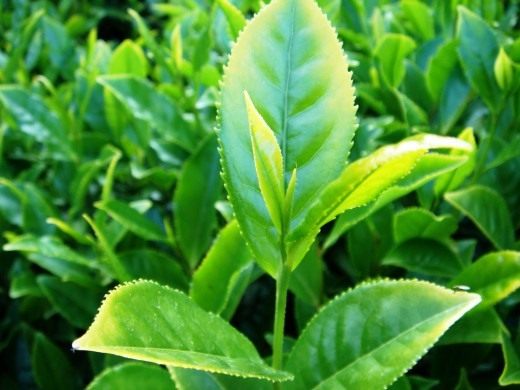
Few of the tea flowers are fertilized: only 2-4 percent, forming small fruits – capsules with bitter oily seeds. The rest of the flowers quickly fall off or wither sterile.
Many varieties and varieties of the tea plant are known, but the basis of the world tea industry is Chinese tea.
For the convenience of collecting the leaf, tea plants are formed in the form of small sheared bushes. About a million hectares are plantations all over the world, while in our country the total area of tea plantations exceeded 100 thousand hectares.
The distant past is shrouded in haze. There is an ancient Chinese legend about how the Buddhist cleric Darma, who moved from India to China and received a new name Ta Mo here, prayed for long days and nights, not knowing rest. Once, exhausted by a long prayer, Ta Mo fell and immediately fell asleep, and when he woke up, he was angry with himself, cut off his eyelids and threw him to the ground with anger. The first tea bush seems to have grown at this place. Ta Mo prepared a drink from its leaves, which he found healing, promoting mental vigor and calling for religious deeds. Therefore, before his death, he bequeathed to all his followers to consume tea, declaring it to be a drink obligatory for the performance of religious rites.
However, tea soon freed itself from the care of the clergy, as its medicinal properties were established. The first surviving evidence of the use of tea as a medicinal plant dates back to the fifth millennium BC. This is also confirmed by the oldest Chinese encyclopedia Bentsar, created in the XNUMXth century BC. It describes tea in detail, with full knowledge of the matter, both as a drink and as a plant.

Farmer Burea-Uinsurance.com KENPEI
One unknown Arab traveler in records dated 879 AD, noted that taxes in China are collected “not only from salt, but also from plants, the leaves of which the Chinese boil in water. This is a simple bush, on which the leaves are larger than on the pomegranate tree, and their smell is much nicer, but they have some bitterness. They boil water, pour it on the leaves, and this drink heals many diseases. “
Tea very quickly became a real folk drink in China. Treatises, poetic works were dedicated to him, special tea houses were set up, which romantic poets called “oases in the sad desert of being.” There was even a cult of tea – teism, which called for the worship of a drink “miraculous amid the insignificance of everyday existence.” And one Chinese chronicle contains a hymn to tea: “Tea invigorates the spirit, softens the heart, drives away fatigue, awakens thought, does not allow laziness to settle, lightens and refreshes the body and clarifies perception.” Tea is described no less enthusiastically in another ancient Chinese work: “Drink this wonderful drink slowly, and you will feel the strength to fight all the worries that usually burden our lives. The sweet peace that you will receive thanks to the use of the drink can only be felt, but there is no way to describe it. “
From China, tea was brought primarily to Japan, and then at the beginning of the 1567th century and to Europe. For the first time, information about him came to Russia in 70: they were brought by the Cossack atamans Petrov and Yalyshev, who had returned from a trip to China. But only almost 1696 years later, the Moscow ambassador Vasily Starkov brought Tsar Mikhail Fedorovich a four-pound batch of tea. This was a return gift from the Mongol khan for the one hundred sables presented to him. The Russian ambassador for a long time and stubbornly refused the insignificant, in his opinion, gift and accepted it, only yielding to the persistence of the khan. But the imposed gift came to taste in the royal chambers. At first in Russia tea was consumed mainly by the court nobility and then as a medicine prescribed by doctors. Gradually the consumption of tea expanded, and in XNUMX a special government caravan was equipped from Moscow to China for the first time.

Farmer Burea-Uinsurance.com Martin Benjamin
Subsequently, the demand for tea in Russia became so great that it took one of the main places in the import of goods. Merchants brought in about 75 thousand tons of tea annually to Russia and made huge sums of money. Tea brewing alone cost the country 50-60 million gold rubles a year!
The Russians contributed to the history of the use of this amazing plant: they created a special tea machine, as the Germans called our Tula samovar. Tea drinking in Russia is becoming widespread, and the people even introduced a kind of classification of its consumption, reflecting the social inequality of the people of that time: overlapping – for the rich, a bite – for the middle strata of the population, eye-catching – for the poor.
But if the samovar can be called a machine only conditionally, then the combine for harvesting tea leaves, designed in our time by Georgian craftsmen, does not require any discounts. Until 1963, tea was removed only by hand. Two thousand finger movements, and the first kilogram of fragrant leaves appears at the bottom of the basket, and the average daily harvest is about 30 kilograms! Can you imagine what laborious work the collectors did every day?
Many inventors have tried to facilitate the collection of the tea leaf. Even the father of cybernetics, Norbert Wiener, who did not recognize the boundaries of design thought, gave up on this problem. “Everything can be thought of and done, except for the tea harvesting machine,” other authorities concluded with disappointment. Only Georgian designers managed to create a tea-leaf harvester, which they called “Sakartvelo”.
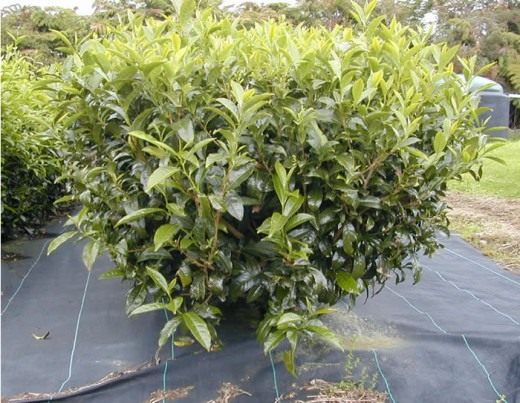
“Your machine brought a real revolution to tea growing,” connoisseurs from Japan, Vietnam, India, Turkey, Argentina, Brazil, who came to see it at work on tea plantations, unanimously admitted.
A clever machine does an amazingly delicate job, not just clipping tea leaves from bushes, but picking out only the most delicate, young leaves. She removes up to 800 kilograms of leaf per day, saving 7-8 rubles on each centner.
The history of tea acclimatization in Russia is extremely interesting. The first tea plants were brought to us about 150 years ago and planted by the famous botanist Gartvis on the territory of the present Nikitsky Botanical Garden, near Yalta. Here it was studied and propagated for 20 years, until they were convinced that Crimea, with its dry climate, is of little use for tea culture.
In 1846, the first test of tea began in the Caucasus. It did not give promising results for a long time, but the enthusiasts of the domestic tea industry did not give up. Among them were not only botanists, agronomists, foresters, but also famous scientists who seemed to be very far from plant growing: the geographer-climatologist A.I. Voeikov and the chemist – academician A.M. Butlerov. Numerous obstacles were finally overcome by joint efforts. During the first 100 years of culture, about 500 trial tithes of tea plantations were established.
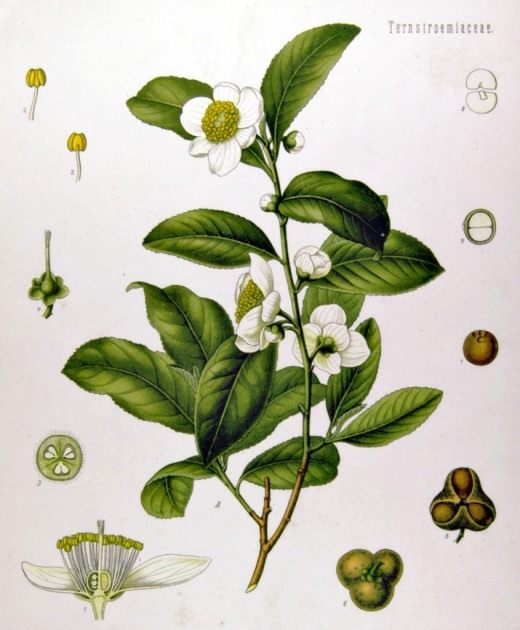
However, the cultivation of the tea bush reached its real scope only in the Soviet period. Now our country is not only fully provided with tea of its own production, but also exports it. And Michurin tea growers are successfully promoting this culture to new regions: to the North Caucasus, Central Asia, Transcarpathia and even the Carpathian region. Preliminary reconnaissance is being carried out in the Moscow region and Leningrad.
A large team of the Research Institute of Tea and Subtropical Crops is working in Georgia. Its specialists have bred several valuable hybrid tea varieties, developed agricultural technology that provides high yields, new methods of processing tea leaves.
What attracts people to this unusual plant? This question is fully answered by biochemical studies. It turns out that among the richest wild flora of our Motherland, which, by the way, number about 18 thousand species of flowering plants, there is no plant that contains even a small amount of a valuable chemical substance – caffeine, and tea contains up to 3,5% of it. To this, add up to 20% tannins, vitamins Ci, Bi, B2, nicotinic and pantothenic acids, traces of essential oil. That is why this culture is grown so carefully in our country, young leaves of the tea bush are carefully collected, processed in special factories. It is very important to collect the leaves in a timely manner, since the taste and aroma deteriorate, and the content of caffeine and other substances decreases if the collection is late even by one day.
According to the technology of preparation, tea is divided into long, green, black, and now Soviet tea growers also prepare yellow and red tea, which are very rich in vitamins and other useful substances.
Modern scientific research has more fully clarified the medicinal value of tea. It turned out that, in addition to caffeine, tea also contains a very important vitamin P, which strengthens capillary blood vessels, and tannin, which is a kind of collector of vitamin C.
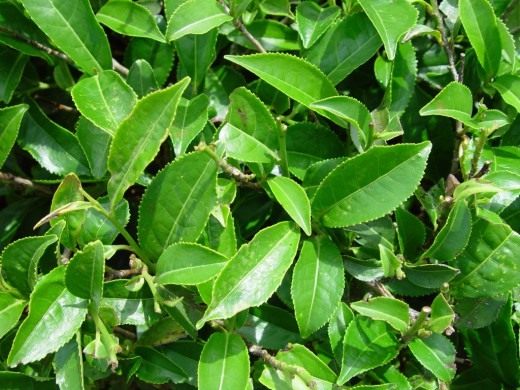
Talking about tea, one cannot fail to mention Ksenia Ermolaevna Bakhtadze. She lives in Chakva, near Batumi, and settled here back in 1927 to work on improving the tea plant. Academician, Hero of Socialist Labor KE Bakhtadze created over 20 excellent varieties of tea. Her favorite pet was the Georgian-5 variety. Others do not recognize it as tea, as its leaves are large and the type of plant is unusual. The drink made from the leaves of this variety is excellent, unusually delicate, with a subtle aroma. And it has twice the yield of all ordinary varieties — 10 tons of selected leaves per hectare.
“But man does not live with tea alone,” jokes Ksenia Ermolaevna, after tea affairs she cherishes a fragrant rose garden all year round at her house. “Roses are flowers of joy, and tea is a drink of cheerfulness. There is no joy without vigor, but without joy, what is the use of vigor? “
Used on materials:
- S. I. Ivchenko – Book about trees
